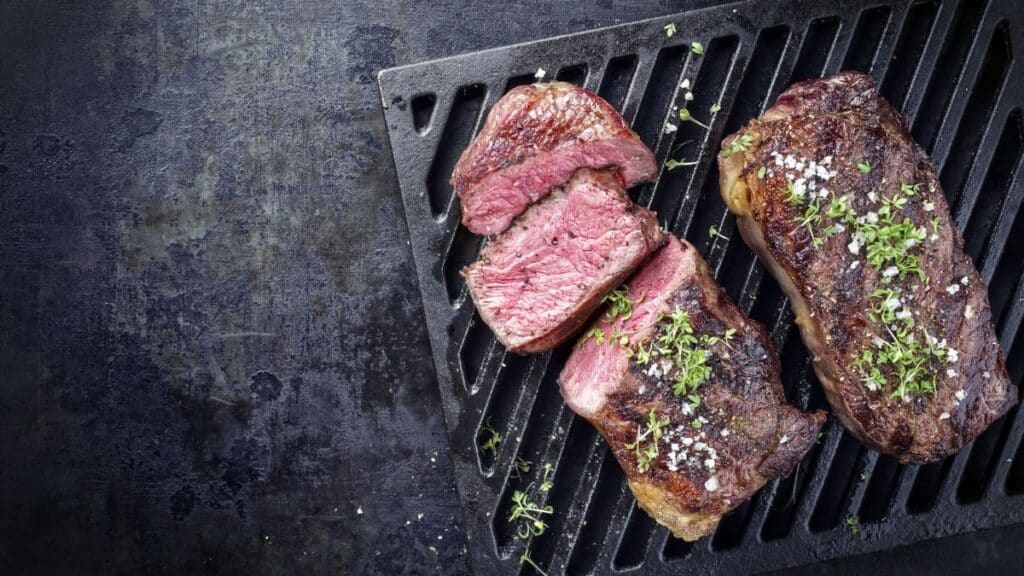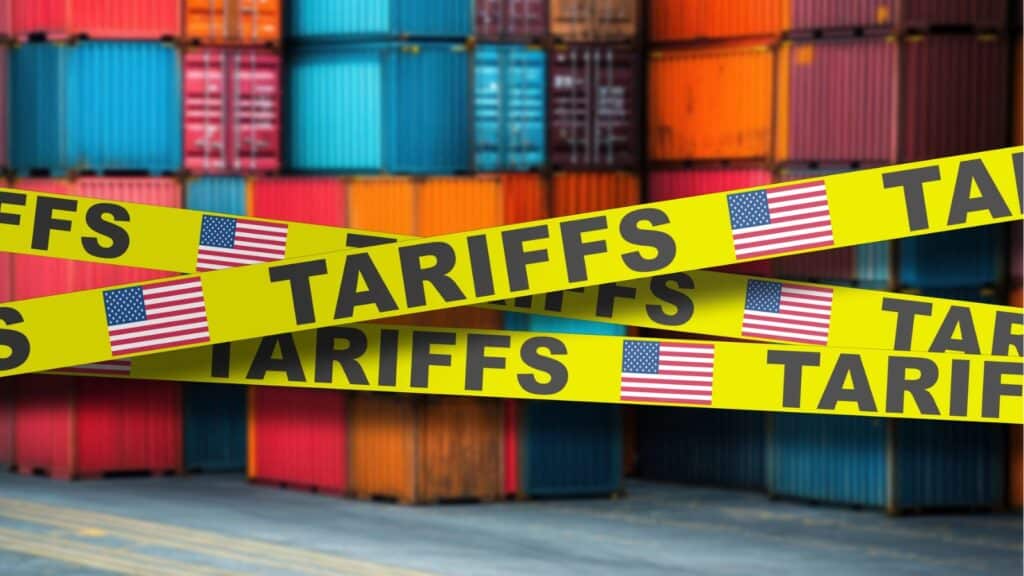Rising prices are still shaping daily life, turning routine purchases into tougher choices. Many everyday staples now feel out of reach for households across the country. Here are nine common items Americans are struggling to afford—and why these changes matter today.
Eggs

Eggs used to be a cheap source of protein, but prices surged dramatically in 2024, climbing over 16% year-over-year by mid–2025. Although recent months have seen slight relief, overall costs remain steep—expected to stretch nearly 25% higher across the year.
💸 Take Back Control of Your Finances in 2025 💸
Get Instant Access to our free mini course
5 DAYS TO A BETTER BUDGET
This spike is largely driven by supply issues and lingering effects of prior outbreaks, making even basic breakfast staples feel like a luxury.
Coffee

Coffee prices are up due to tight global supply chains and climate disruptions. In fact, non-alcoholic beverage costs—including coffee—rose approximately 4.4% over the last year, outpacing broader inflation trends. For many, that means brewing at home just to afford their morning cup.
Beef

Beef has become noticeably more expensive—USDA data shows prices have risen around 10% year-over-year, led by tight cattle supplies. With higher meat prices adding to grocery bills, households are cutting back on meals that were once affordable staples.
Restaurant Meals

Eating out has lost some of its appeal as costs jump. Even limited-service meals are up nearly 4% from last year, making home-cooked meals feel like the more realistic choice for many families. Diners are opting to skip outings or hunt for deeper discounts just to keep it on budget.
Paper Products

Retailers report growing pressure as tariffs and input costs climb. Everyday staples, like paper towels and toilet paper, are increasingly feeling like budget-busters for households already stretched thin. The need to choose smaller quantities or generic brands adds friction to simple choices.
Shrunken Products (Shrinkflation)

Even when prices don’t change, package sizes often do. Many companies are shrinking product sizes while keeping prices steady, a practice known as shrinkflation. You’ll often pay the same (or more) for less, quietly eroding your buying power.
Grocery Basics

Beyond meat and dairy, staples like bread, cereals, and cleaning supplies are steadily rising. One comparison across items like coffee filters, bread, and mayo showed price hikes up to 44% over two years. It’s a reminder how everyday goods are quietly pushing budgets to the edge.
Tariff-Driven Imports

Tariffs are driving up the cost of imported goods, from clothing and appliances to groceries. For many households, that means hundreds or even thousands of dollars in added expenses each year. Families are now cutting back not only because of inflation, but also because of these policy-driven price hikes.
Discretionary Purchases Like Dining Out

More people are cutting back on restaurant visits, showing a clear shift in spending habits. Even small luxuries like dining out are getting skipped as households focus on stretching every dollar. For many, cooking at home has become the default choice.
Reality Check

The list of once-affordable items that now strain budgets is growing, and it’s not hitting everyone equally. As inflation, tariffs, and supply shocks continue to bite, households are reshaping what “normal spending” looks like. Staying alert to these shifts can mean smarter choices and better budget resilience.
13 Ridiculous Things You’re Probably Wasting Money on

Saving money starts with noticing the small details in your budget. Hidden expenses can quietly pile up before you know it. Even tiny costs can make a big dent over time. Here are 13 dumb ways you may be wasting money—and how to cut them out. 13 Ridiculous Things You’re Probably Wasting Money on



